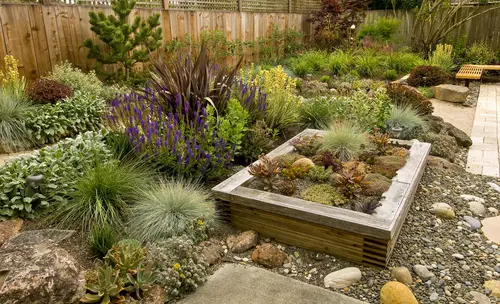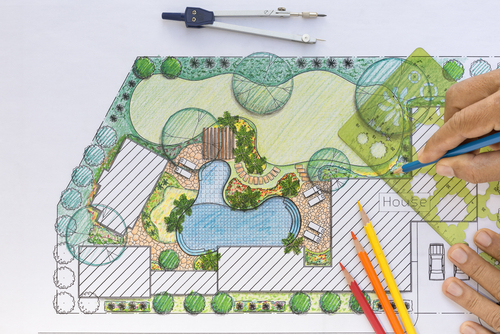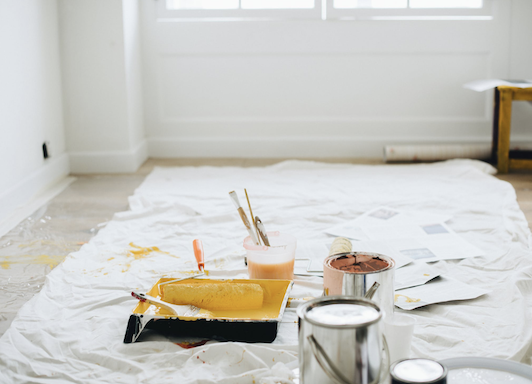A report from the South African Weather Service has shown that we have experienced changes in rainfall for the last 60 years. We cannot control or prevent drought but there are ways to minimise the effects.
“Hot and dry conditions affect our gardens negatively,” explains Mimi Rupp, founder of ‘Stone Etc’. “Droughts can also make plants weaker, which means they can become more susceptible to disease and insect attacks. Even after a drought, it will take a while for plants to recover, and may even take years for trees.”

Preventing moisture loss
The best advice for gardeners is to give water less often, even skipping a week or two, but watering slightly more when watering. Giving the ground moisture on a deeper level encourages deeper roots as opposed to a smaller, more superficial root system. Plants prefer a deep watering less often instead of daily light watering. Water early in the morning, or early evening, when it’s cooler and when there is less chance of evaporation.
Make sure you weed your garden and pull off any flowers that start to grow. “The small amount of water available should not go to weeds or having your plants spending unnecessary energy into producing seeds,” advises Rupp.
Encourage longer lasting moisture
Using mulch (a covering for soil, for example, straw or plastic sheeting) has several benefits in drought. The biggest advantage is it keeps the soil cooler as it prevents direct sunlight on the soil, preventing evaporation from the soil. “Bark, woodchips, and pebbles are also useful as a form of protection,” adds Rupp. Other options include leaves, pine needles, nut shells or fruit pips, and even newspaper.
Thoroughly soak the ground before adding your mulch. If the ground is very dry, water again a few hours later to recharge all that valuable soil moisture. Then put down the mulch. It must be at least 2cm thick around your plants.
Put a water-filled plastic bottle upside down in the ground next to plants that need more water. The water will slowly seep into the soil. Once the bottle is empty, you can just fill it up and plant it again.
Don’t encourage growth except for grass
During drought, it is best not to fertilise because this encourages your garden to grow, which requires water. Fertiliser can cause a salt build up in the soil, which can be detrimental to plants in times of insufficient water, as it can be in humans.
When it comes to your lawn, it is advisable to leave your grass a little longer. The extra length protects the root, keeps the soil cooler and prevents unnecessary moisture loss. Set your mower’s blades higher and use the cuttings as mulch in flowerbeds.
Certain areas of grass can also be replaced with pebbles, rocks and other hard landscaping. “A lawn is often more decorative than functional, but it’s a water-gobbler,” explains Rupp. “If you have children or pets, do make allowances to water your lawn, or even reduce its size.”
Don’t plant new plants during a drought, as new plants need careful and regular watering and this reduces the water available for the rest of the garden. Concentrate your watering where it’s needed already, like salad leaves to stop them wilting, fruiting vegetables like tomatoes and anything growing in a pot.
A drought is an opportunity to see which plants are the real survivors, and gives you the chance to re-think when you next invest in your garden, what to purchase and add to your outdoor space. “The ultimate question should be: how waterwise is my garden, and how can I improve it?” concludes Rupp.

